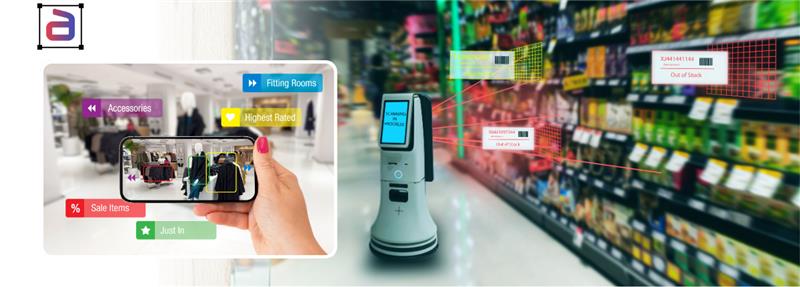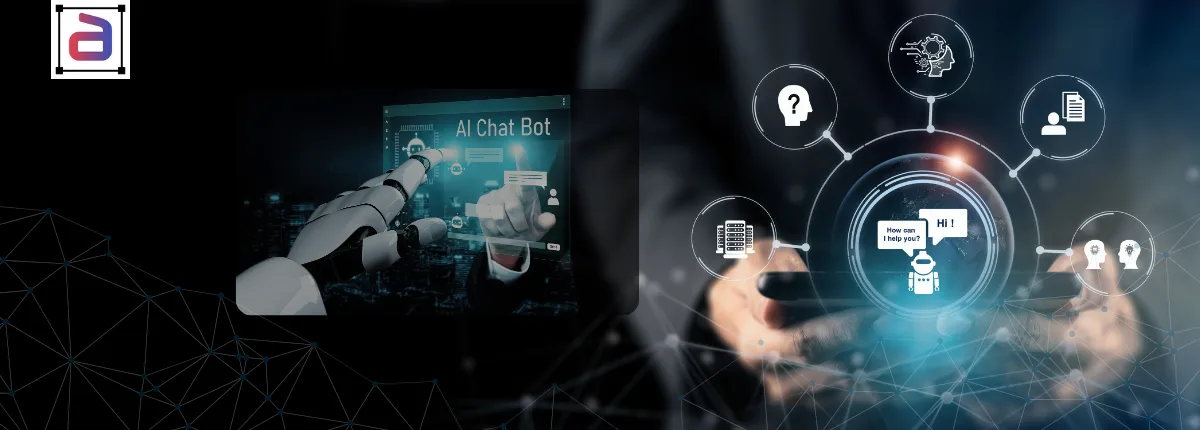In the world of building AI and machine learning systems, high-quality labeled data is the foundation. But labeling is not a one-size-fits-all job. Two dominant paradigms have emerged: Fully Automated Annotation (i.e., letting AI alone do the labeling) and Human-in-the-Loop Annotation (where human judgment intervenes in certain parts of the workflow). Human-in-the-loop ensures accuracy through expert oversight, while fully automated annotation offers speed but may compromise contextual precision. Human-in-the-Loop vs Fully Automated Annotation highlights the balance between human expertise and machine efficiency in achieving accurate AI training data. At Annotera, we often encounter clients asking: Which approach should we choose? When is human involvement mandatory, and when can automation take over?
In this post, we explore both approaches, compare their strengths and limitations, and propose practical guidance for when and how to apply each (or a hybrid).
What Do These Terms Mean?
Human-in-the-Loop vs Fully Automated Annotation reflects the trade-off between manual precision and machine-driven scalability in AI data labeling. Let’s understand what these mean :
- Fully Automated Annotation : Fully automated annotation means that once the model (or algorithm) is in place, it handles the labeling of data end to end, without human review or correction in the pipeline. This is possible when the data domain is well understood, the model is mature, and the tasks are relatively simple or highly structured.
- Human-in-the-Loop (HITL) Annotation : Human-in-the-Loop annotation embeds human oversight or intervention at one or more stages of the annotation process. Typically, the model makes an initial pass, then humans verify, correct, or validate outputs—especially for ambiguous, low confidence, or high-stakes samples. Over time, the system “learns” from human corrections and improves.
As Annotera has championed in our hybrid annotation philosophy, “the future of annotation is hybrid”: combining automation with expert human oversight ensures both speed and quality.
Why Human-in-the-Loop Is Not Just a Safety Net
Before contrasting, it’s worth understanding why HITL is often indispensable:
- Ambiguity, nuance & edge cases: Fully automated systems struggle when data is ambiguous or rare cases arise. Humans provide intuition, domain knowledge, and flexibility.
- Bias detection & ethical guardrails: Automation can reinforce latent biases. Human annotators can identify annotation bias, fairness issues, or model drift. HITL thus acts as an ethical checkpoint.
- Error correction & continuous learning: Even the best models err. Integrating human corrections in feedback loops refines the model over time.
- High-stakes domains: In medical imaging, autonomous driving, or finance, errors are costly. Empirical evidence from HALS (a human-augmenting system in biology) shows that it reduced manual workload by 90.6% while raising average annotation quality by 4.34%.
- Trust & interpretability: When humans are in the loop, the system becomes auditable, decisions traceable, and stakeholder trust stronger.
Yet, reliance on humans comes with costs: slower processing, higher labor expense, and scaling challenges. That is where fully automated annotation shines—if applied judiciously.
Pros & Cons: HITL vs Fully Automated
One must also remember that no annotation system is perfect. Even in automated pipelines, about 42% of automated data labeling requires human correction or intervention on average. And while many enterprises adopt automation, 68% rely on a combination of automated and human labeling to balance speed and accuracy.
Human-in-the-Loop (HITL) Annotation
Pros:
- Higher Accuracy for Complex Tasks: Humans can interpret nuance, context, and ambiguity that machines often miss.
- Bias Detection & Ethical Oversight: Human reviewers help identify and correct potential bias or ethical issues in data labeling.
- Adaptability to New Domains: Humans can quickly adapt to domain shifts or new data types where models may fail.
- Continuous Learning: Human feedback helps retrain models, improving accuracy over time.
- Transparency & Trust: Human validation adds interpretability and auditability to the annotation pipeline.
Cons:
- Slower Scalability: Manual review and correction take more time, especially with large datasets.
- Higher Operational Cost: Human labor and training increase project costs.
- Potential for Human Error: Inconsistent labeling or fatigue can reduce annotation consistency.
Limited Throughput: Scaling human efforts is challenging without robust workflow automation.
Fully Automated Annotation
Pros:
- High Scalability & Speed: Ideal for large-scale data labeling with minimal human involvement.
- Cost-Effective in the Long Run: Once trained, automated systems reduce ongoing human resource expenses.
- Consistency & Repeatability: Machines deliver uniform labeling without fatigue or bias from human variability.
- Real-Time Labeling: Enables instant annotation for streaming or time-sensitive AI applications.
Cons:
- Reduced Accuracy in Complex Data: Automation struggles with ambiguity, rare cases, or context-dependent data.
- Limited Adaptability: Models trained on fixed data sets perform poorly when data distributions shift.
- Lack of Ethical Oversight: Automated systems can unknowingly reinforce bias present in training data.
- Difficult to Audit or Interpret: Without human review, model errors can propagate undetected.
How to Blend HITL & Automation: Human-in-the-Loop vs Fully Automated Annotation
In practice, successful annotation projects often adopt a hybrid pipeline. Here’s how:
- Pre-label / bootstrap with automation : The model annotates all the data initially.
- Confidence thresholding / uncertainty sampling : Only those annotations with low confidence or high ambiguity are sent to human annotators for verification or correction.
- Human validation / correction : Humans review and correct the routed cases. Their corrections become new training data.
- Continuous feedback & retraining : Retrain or fine-tune the model with these corrections, gradually reducing human workload over time.
- Quality control & audit sampling : Even for “automated only” segments, periodically sample outputs for manual review to detect drift or errors.
- Evolve thresholds / routing rules : As the model improves, tighten or change the thresholds on what goes to humans.
This hybrid approach not only delivers speed but ensures human checks where needed.
As LabelYourData puts it: “The most reliable data annotation platforms now use hybrid pipelines: pre-labeling with automation, then human verification based on confidence thresholds.”
When to Move Toward Full Automation Over Time
Human-in-the-Loop vs Fully Automated Annotation explores how human judgment and automation together create balanced, high-quality training data for AI systems.If you begin with a strong HITL system, you may aim to gradually shift to more automation. But do so only when:
- Model performance saturates : The model’s error rate on human-verified samples falls below acceptable thresholds.
- Human correction rate drops : If humans are rarely correcting the model’s outputs, the human load is minimal.
- Confidence routing is stable : Low-confidence routing becomes rare and the volume of human intervention diminishes.
- Audits show no drift or failing cases : Sample checks show the automated labels remain consistent and acceptable.
Even then, keeping a minimal human auditing loop is prudent to catch rare failures.
Summary & Recommendations For Human-in-the-Loop vs Fully Automated Annotation
- Fully automated annotation is ideal for large-scale, low-risk, high-volume tasks where model accuracy is high and the cost of errors is low.
- Human-in-the-Loop (HITL) is essential in high-stakes, ambiguous, or bias-sensitive tasks, or when domain expertise is needed.
- Hybrid pipelines—combining automatic pre-labeling with human verification for the uncertain cases—often offer the best balance of speed and quality.
- Design your system with confidence routing, gold standards, audit sampling, and feedback loops to ensure reliability and continuous improvement.
- Over time, automation can take over more of the work—but maintain a human safety net with periodic audits.
At Annotera, our philosophy is that “humans and machines together build better AI”—leveraging the best of both worlds. Whether you start with HITL, hybrid workflows, or full automation, the key is to prioritize quality, transparency, and adaptability as your project scales.
If you’d like help architecting an annotation strategy or implementing a hybrid pipeline, our team at Annotera would be happy to assist. Ready to scale your AI with precision and confidence? Partner with Annotera to build smarter, faster, and bias-free annotation workflows.


